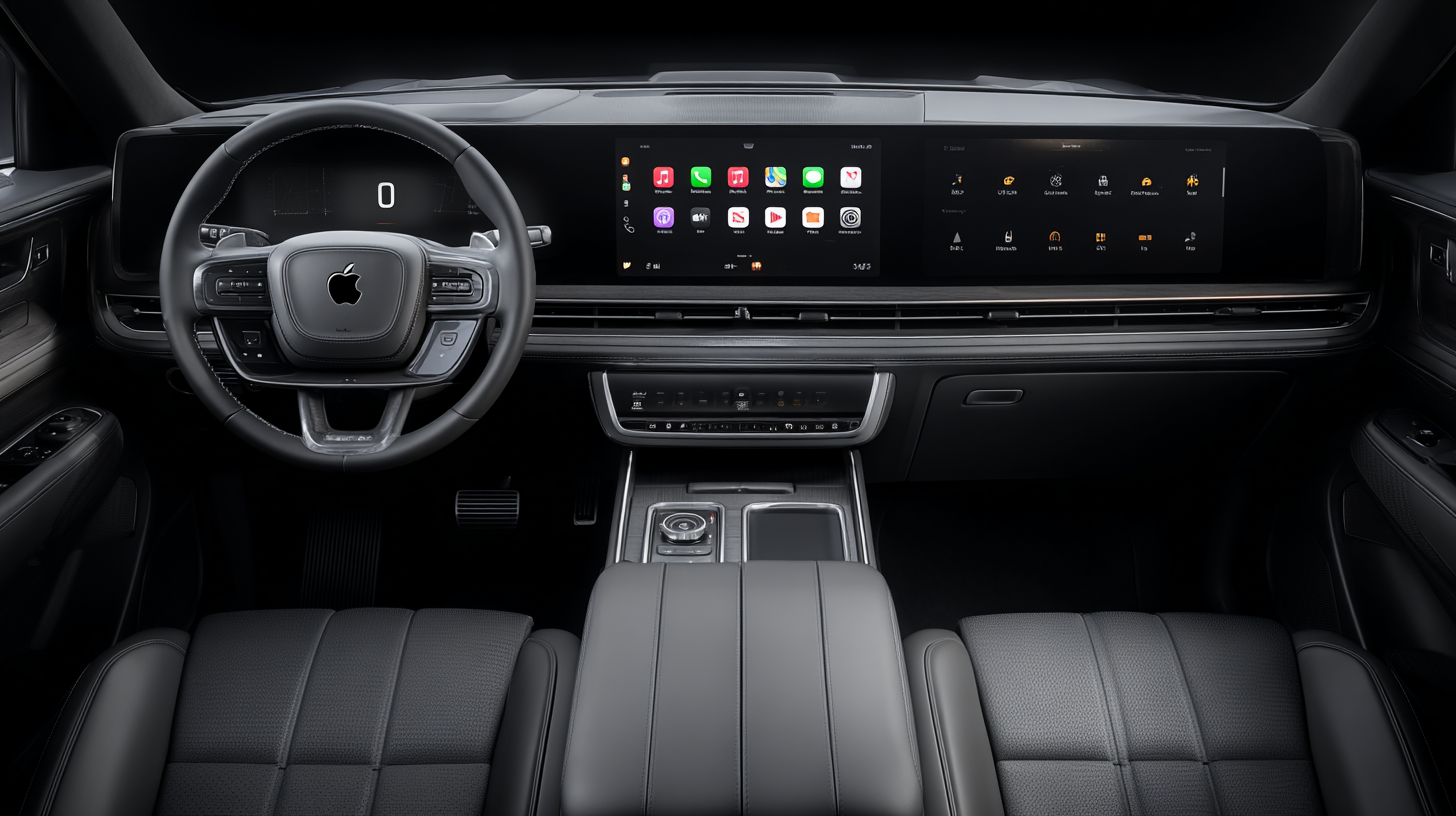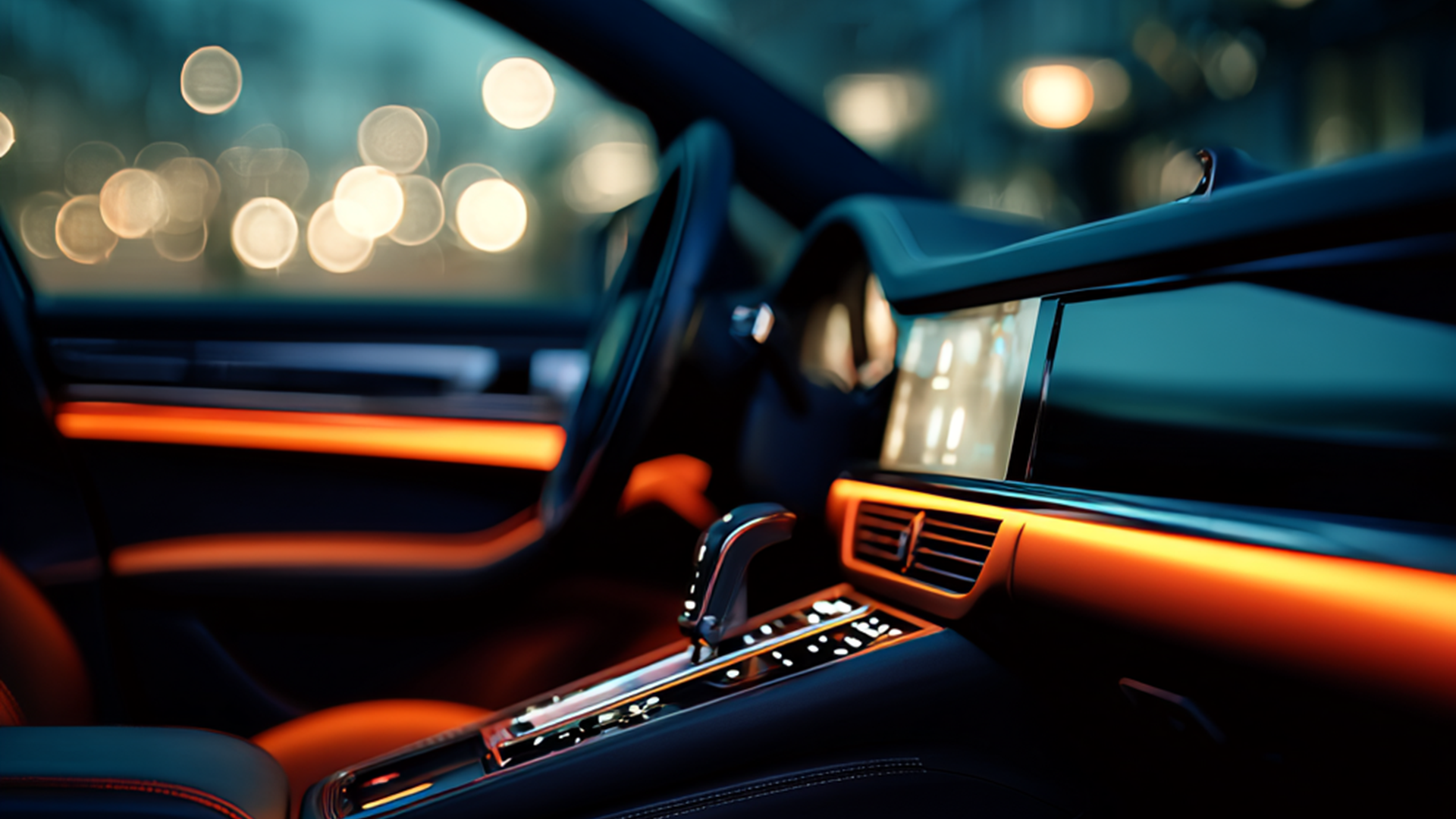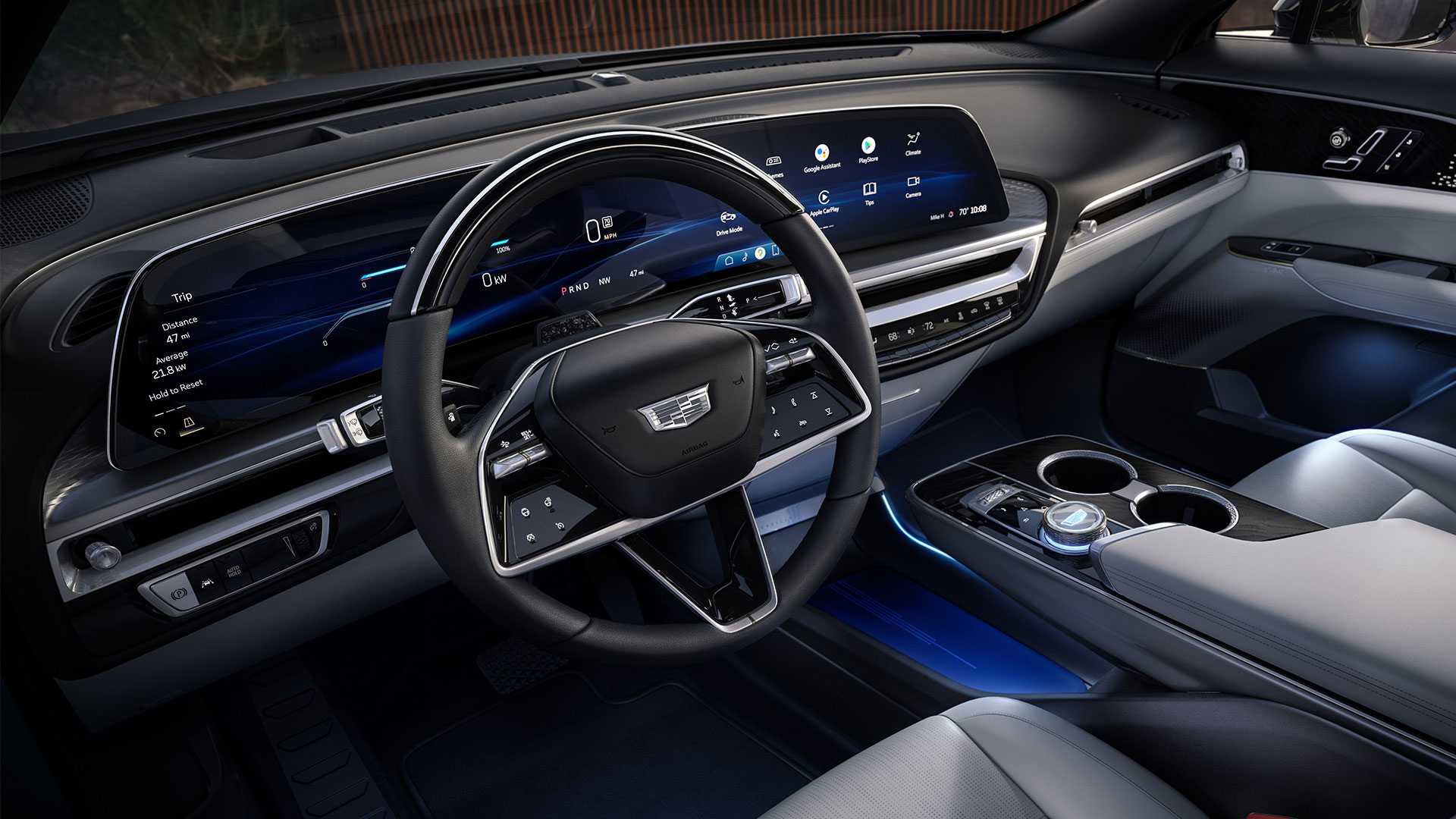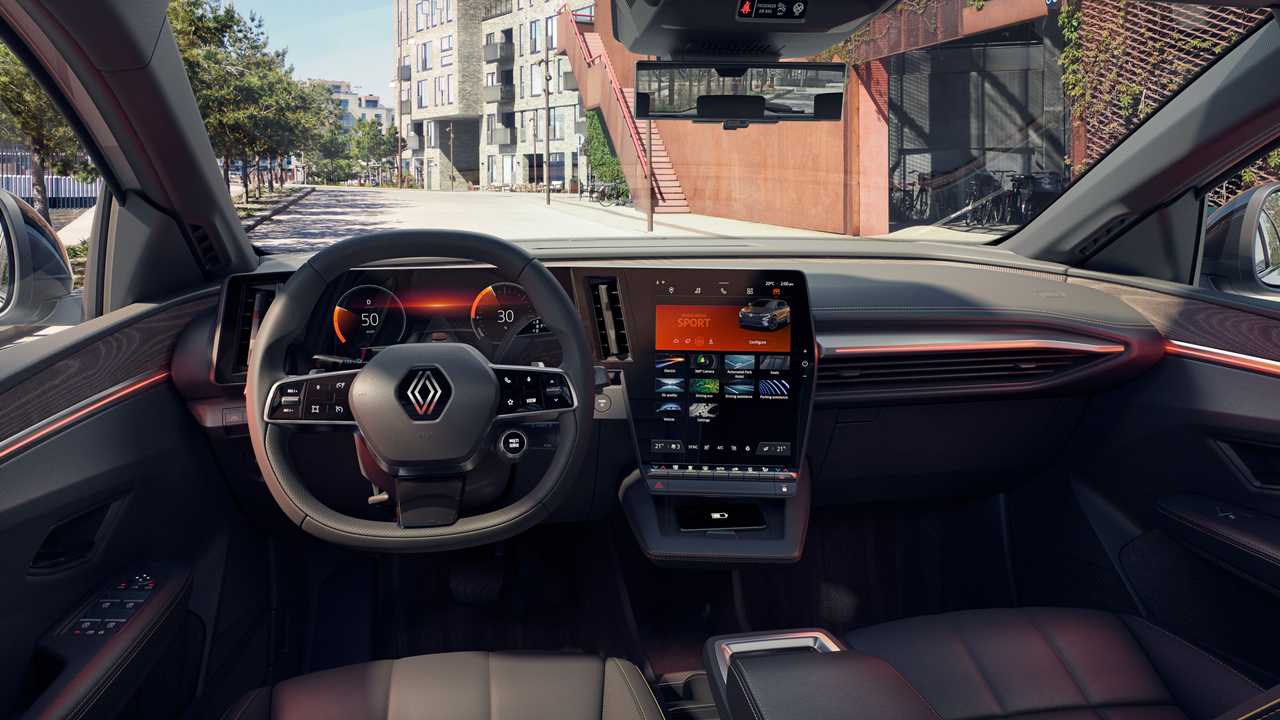As automotive OEMs race to deliver smarter, safer and more personalized in-vehicle experiences, Apple CarPlay Ultra has emerged as a compelling solution for infotainment and navigation. Its sleek interface, deep Apple ecosystem integration and punch-through UI capabilities make it a powerful tool for enhancing driver engagement. But when it comes to safety-critical functionality, regulatory compliance and brand-specific UX, CarPlay Ultra can’t go it alone.
That’s where Altia comes in.
CarPlay Ultra: A Consumer-Grade Powerhouse with Safety Caveats
Apple CarPlay Ultra offers a visually rich, user-friendly interface that seamlessly integrates with iPhones, delivering navigation, media and communication features directly to the cockpit. However, Apple has drawn clear boundaries around its role in the vehicle:
- Punch-Through UI for Safety Visibility: CarPlay Ultra allows native vehicle alerts to override its visuals. This ensures any vehicle information can be displayed. OEMs must manage the logic and delivery of these alerts.
- No Control Over Safety-Critical Systems: CarPlay Ultra cannot modify drive modes, disable traction control or access diagnostics. Apple explicitly recommends OEMs retain native control over these systems to meet ISO 26262 and NHTSA standards.
- Mirrored Instrument Cluster Display: While CarPlay Ultra can show speed, fuel and ADAS data, it does so as a mirrored display; not as a source of truth. This raises concerns about fallback mechanisms if CarPlay disconnects or malfunctions.
- Regulatory and Liability Risks: The blurred line between consumer electronics and vehicle control introduces liability challenges. Apple Maps, for instance, while powerful, may not meet ASIL-D safety requirements.
Altia: The Safety-Critical Backbone of the Digital Cockpit
Altia’s HMI software is purpose-built for automotive applications, especially where safety, compliance and brand identity are non-negotiable.
- ASIL B-Certified for Functional Safety: Altia offers solutions to help OEMs meet ISO 26262 standards, making their solutions suitable for rendering and controlling safety-critical data like PRNDL, speed and fault alerts.
- Native System Control and Redundancy: Altia enables OEMs to maintain full control over vehicle systems, ensuring fallback and redundancy in case of CarPlay failure. It supports firmware-level alerts and diagnostics that CarPlay Ultra cannot access.
- Brand Identity and UX Consistency: Altia empowers OEMs to design custom, branded interfaces across all screens—instrument clusters, center stacks, HUDs—preserving visual identity while integrating with CarPlay Ultra.
- Seamless Coexistence with CarPlay Ultra: Altia can run in parallel with CarPlay Ultra, handling safety-critical functions while Apple manages infotainment and personalization. This dual-stack architecture ensures compliance, safety and user experience without compromise.
Strategic Recommendation for OEMs
To deliver a safe, compliant and premium digital cockpit, many OEMs are investigating a hybrid architecture:
- Apple CarPlay Ultra for infotainment, navigation and personalization.
- Altia HMI Software for safety-critical controls, diagnostics and brand-specific UX.
This approach allows OEMs to leverage the best of both worlds: the consumer appeal of Apple’s ecosystem and the automotive production-proven reliability of Altia’s HMI platform.



